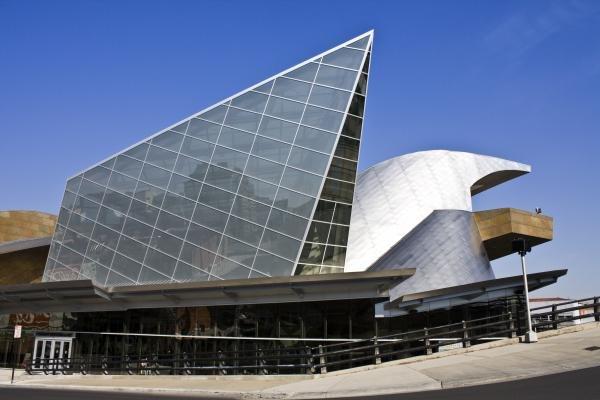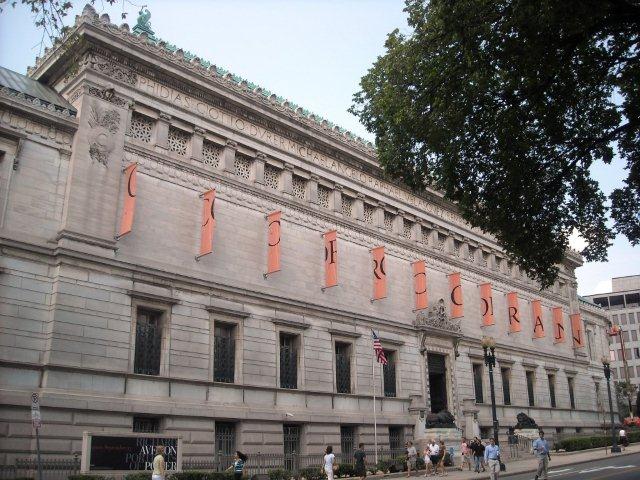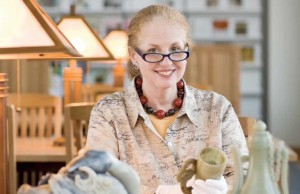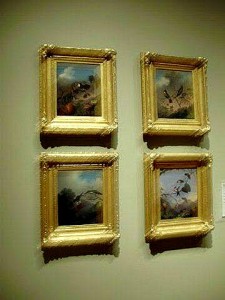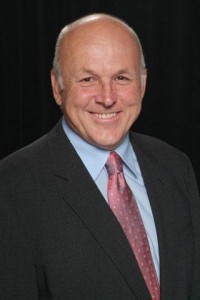How does a museum define success? Too often, it’s by attendance — which brings me to the case of the Grand Rapids Museum of Art, which I chastised here about two years ago for presenting Diana: A Celebration, a display including her wedding gown, her tiaras, 28 designer dresses, personal momentos and “rare home movies.†GRAM charged $20 for adult admission.
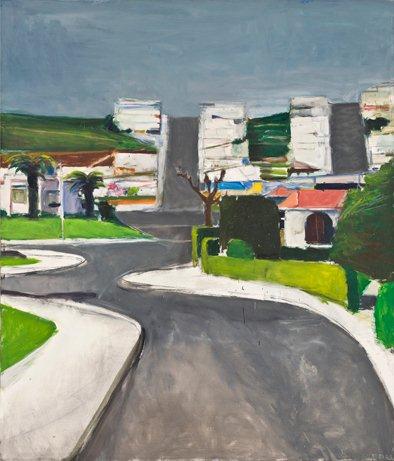 Now we see the repercussions: Diana attracted “more than 97,600 visitors, helping attract over 318,000 visits and bringing the roster of museum members to 4,572 in the museum’s 2010-11 fiscal year,” according to MLive. That was up from 138,800 visitors and 3,196 memberships in 2009-10. This year’s total dropped to 265,000 visitors and 3,431 members.Â
Now we see the repercussions: Diana attracted “more than 97,600 visitors, helping attract over 318,000 visits and bringing the roster of museum members to 4,572 in the museum’s 2010-11 fiscal year,” according to MLive. That was up from 138,800 visitors and 3,196 memberships in 2009-10. This year’s total dropped to 265,000 visitors and 3,431 members.Â
Individual exhibitions in the past year did not fare any where near as well as Diana. Warrington Colescott: Cabaret, Comedy, and Satire attracted about 11,300 visitors (Oct. 28, 2011 - Jan. 15, 2012) and an exhibit of works by Robert Rauchenberg borrowed from the Whitney Museum, the first in a series of loan shows, attracted 30,700 between Feb. 3 and May 20. A show called Cities in Transition got 24,000 between June 1 and Aug. 26. Those are small fractions.
The Grand Rapids Museum benefited most from ArtPrize, which brought  153,100 visitors this year.
Meantime, contributions to the annual fund dropped to $1.5 million in 2011-12, from $1.9 million a year earlier.
What does this tell us? Art, with the possible exception of a contest, couldn’t compete with Diana. Then again, it shouldn’t have to.
What the museum does now is key: does it look for other Dianas (a traveling exhibition that, elsewhere, was not staged at art museums but in other spaces) to fatten its stats and its coffers?  Or does it return to a past that included a world-class exhibition (many years ago) of Perugino? Me, I’d rather see things like Diebenkorn’s Ingleside, above, which is in the museum’s permanent collection.
In July, 2011, the museum got a new director, Dana Friis-Hansen, from the Austin Museum of Art. Maybe he wouldn’t have done the Diana show. Now he must resist the temptation those numbers no doubt present.
Photo Credit: Courtesy of GRAMÂ

